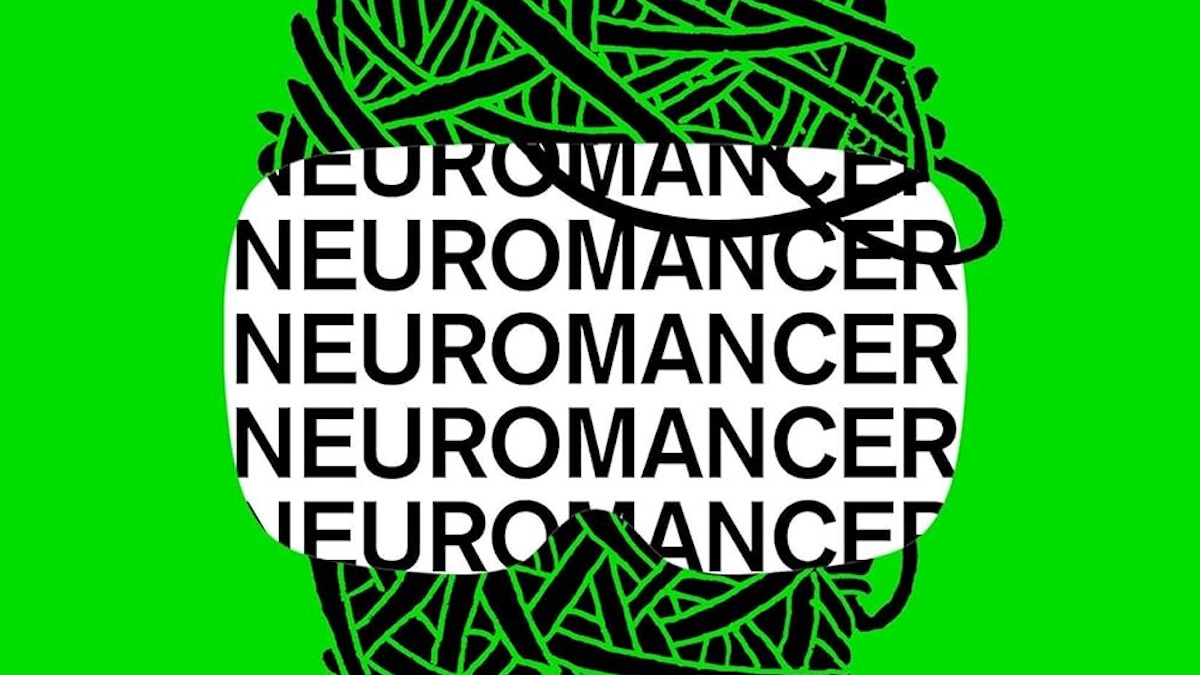
Hi-tech, low quality of life: the cyberpunk formula. Millions of people crammed into a steaming urban sprawl, ruled by mega-corporations with godlike power, doomed to eke out a living selling scrap cybernetic implants and virtual reality erotica. When it comes to the many genres of sci-fi, cyberpunk is often the most philosophically depressing, yet aesthetically stylish there is. And with the way the world is going, perhaps the most eerily reflective of the modern era? Prepare to jack in to the mainframe, these are the 10 best cyberpunk books ever written.
The Sprawl Trilogy
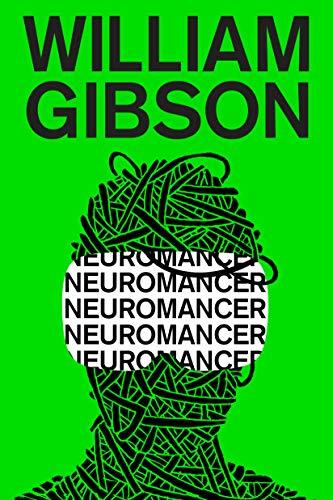
One of the most seminal (gross word) works of cyberpunk fiction ever penned, William Gibson’s Sprawl trilogy laid aesthetic and philosophical foundations of the genre. The first novel, Neuromancer, takes place in a not too distant American future, where world straddling mega-corporations have choked society with a torrent of hi-tech gadgetry that has made humanity more disconnected than ever. The novel revolves around an out of work hacker named Case, who is hired by a shadowy ex-soldier to pull off a digital heist involving a rogue AI. The novel helped popularize many cyberpunk mainstays, including cybernetic body augmentation and jack in-able virtual matrixes. You know that game Cyberpunk 2077? It essentially IS Neuromancer down to the very setting itself. Both stories even take place in dystopian metropolis called Night City, after all.
Synners
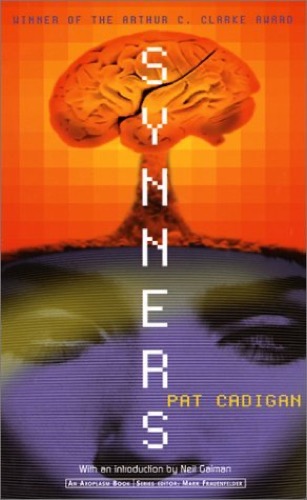
You know it’s cyberpunk when you start switching vowels around. Pat Cardigan’s Synners is the story a media soaked future where the masses jack in to digital displays of real life. Why? Because real real life in this technological nightmare world is woefully depressing. A group of hackers called “synners” take advantage of the mass technology addiction subtly corrupting media as it downloaded into regular people’s minds, mutating it into mental viruses that cause new crimewaves. It’s a hallucinatory elegy to a society dying a slow death via virtual reality poison. Imagine if social media was injected directly into your brain via neural link, and could be hacked by external forces on its way inside your mind – a chilling fiction that may become the facts of our reality in a few short decades.
Do Androids Dream of Electric Sheep?
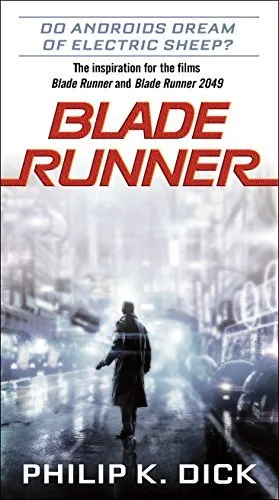
The inspiration behind the landmark cyberpunk film Bladerunner, Philip K. Dick’s Do Androids of Electric Sheep? takes place in a not to distant future where humanlike androids are able to blend in with the teeming masses of tech-dependent mankind. These androids are called “replicants” and must be “retired” from their quotidian existences – usually with a bullet to the head. Bounty hunter Rick Deckard is one such executioner, and makes his living hunting down and exterminating escaped replicants attempting to survive. As Rick kills more and more robots, be begins to wonder about the nature of his mission. If it walks like a duck and talks like a duck, is it a duck? If it cries and begs to live like a human faced with summary execution would, is it a human? Those questions weigh heavy on Rick’s mind, as well as the reader’s. Thankfully, we’re not the ones that have to pull the trigger.
Snow Crash
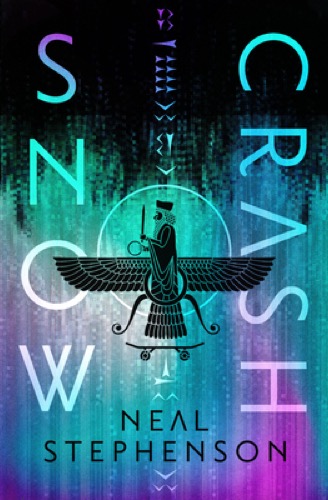
Neal Stephenson’s Snow Crash is centered around a hero protagonist named Hiro Protagonist. Well, sort of – that is his government name, but he’s really more of an anti-hero, which is the best thing you can hope to be in a cyberpunk world. Hiro is a pizza delivery man for the Mafia who moonlights as a freelance hacker, but his second job gets far more complicated when he uncovers a virus called Snow Crash – capable of hijacking computers and brains alike. Hiro dives headfirst into the Metaverse in order to track down the source of the brain-breaking virus, which is mysteriously linked to an ancient Sumerian script – memes of the distant past.
Trouble and Her Friends
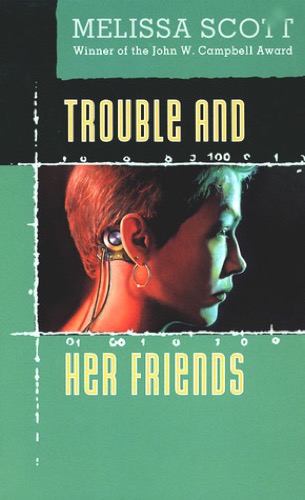
Gay hackers taking on the government? I’ll take twenty terabytes directly to the brain, please. Trouble and Her Friends is the story of a legendary queer netrunner named Trouble, who stepped away from the digital limelight after a government crackdown on hacking. One day Trouble discovers that a new hacker has stolen her handle, and is now causing digital chaos all over the Grid. In order to find the faker, Trouble lives up to her namesake by reaching out to an ex-lover to go on a “one last dive” plunge into the metaverse. They’ll find the phony, unless the government finds them first.
Altered Carbon
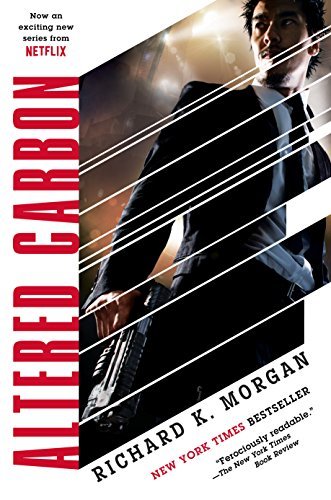
As if living in a cyberpunk society one planet wasn’t bad enough, humanity decided to spread it across the stars. Richard K. Morgan’s Altered Carbon is set in a universe where humans have colonized distant planets, with a little help from ancient Martian tech. That tech allows human consciousness to be digitized and stored in cybernetic bodies called “sleeves”, allowing people to beam their minds across the cosmos at lightspeed. While the rich are able to “resleeve” the minds and live indefinitely, the poor are forced to shuffle off their mortal coils forever upon death. Ex-soldier Takeshi Kovacs is hired by member of the bourgeoise, whose most recent sleeve was killed in a staged suicide. Takeshi has to dive deep into the cyberpunk hive that San Francisco has become in order to find the killer, and may dredge up more than he bargained for out of the digital dark.
Transmetropolitan

Warren Ellis & Darick Roberts Transmetropolitan puts the “punk” in cyberpunk. This graphic novel centers around Spider Jerusalem, a journalist who loves sticking it to the man almost as much as he loves dabbling in the drugs the flood the streets of The City. Yes, that’s the charmingly unimaginative name of his metropolis home. After period of lying low and getting high, Spider returns to his journalistic beat to cover a presidential election – and ends up laying a beat down on a corrupt government attempting to un-democratically influence the results. With cybernetic X-ray eyes and a neural link that beams breaking news in a blink, the free press just got whole lot freer.
Akira

Hailed as one of the greatest graphic novels ever penned, Katsuhiro Otomo’s Akira is cyberpunk meets cosmic horror. The action takes place in Neo Tokyo, built upon the ruins of old Tokyo after it was obliterated during World War III. Despite the city’s shiny new name, Neo Tokyo has a dark criminal underbelly that controls the city streets. After a member of one of the city’s warring biker gangs comes in contact with an escaped government experiment, he inherits a terrifying psychic power that threatens to rewrite the fabric of reality itself. Mental mayhem and synthetic shenanigans combine to tell the dark tale of a boy destined to become a god – tearing apart his mind, his body, his friends, and potentially all of existence in the process.
The Broken Earth Trilogy

N.K. Jemison’s Broken Earth trilogy isn’t traditional cyberpunk, but peel back the fantasy skin and you’ll find sci-fi circuitry sparking beneath. This post apocalyptic trilogy takes place on a vast supercontinent known as The Stillness, where society is divided into a strict hierarchy (classic cyberpunk). At the bottom are the orogene, hated and feared for their ability to manipulate energy. The series follows three orogene women attempting to escape from a dystopian society that uses and discards them, only to discover that their world is built upon the ruined technology of a world gone by. One could say that this is a post-cyberpunk novel, centered upon a society destroyed by the machines that it created. Those machines are slumbering now, but what happens when those machines wake up? And who says it isn’t happening already?
Ghost In The Shell
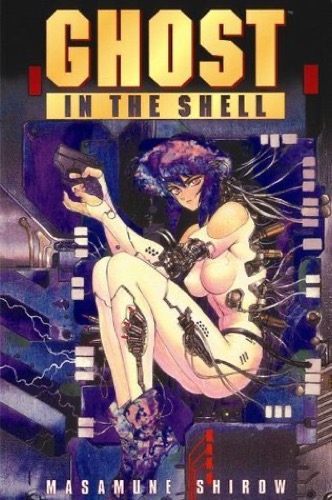
Before it became one of the most celebrated anime franchises ever made, Masamune Shirow’s Ghost In The Shell was a groundbreaking cyberpunk manga about a government agency that battles digital threats. Section 9 is Japan’s elite counter cyberterrorism unit, and is spearheaded by a cyborg named Motoko Kusangi. Motoko is a full cyborg, a completely synthetic shell containing a “ghost” which is the manga’s name for the human soul. Mixing run and gun violence and existential ennui, Ghost In The Shell is the story of a robotic woman’s search for human satisfaction in an increasingly mechanical word.
(Featured Image: Ace)
Have a tip we should know? [email protected]







